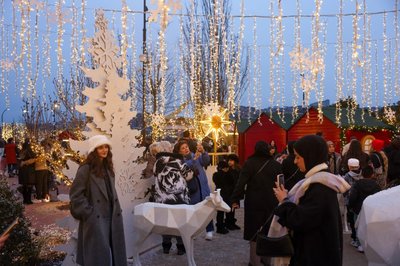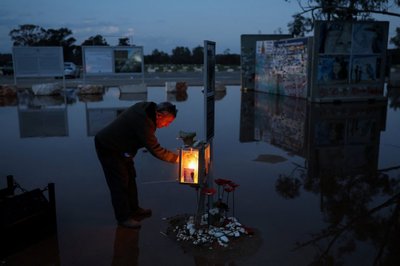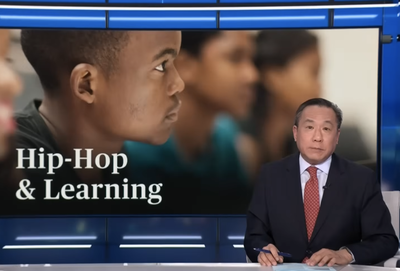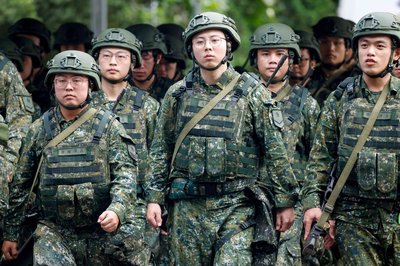NOTE: If you are short on time, watch the video and complete this bell ringer activity: What did you notice? What did the story make you think about? What would you want to learn more about?
SUMMARY
The Trump administration has made sweeping changes to the country’s immigration system. In recent months, ICE agents have been arresting migrants outside courtrooms and courthouses. William Brangham spoke with Father Brian Strassberger, a Jesuit Priest who serves migrants on both sides of the border, about what he saw at an immigration court hearing in Harlingen, Texas.
View the transcript of the story.
News alternative: Check out recent segments from the News Hour, and choose the story you’re most interested in watching. You can make a Google doc copy of discussion questions that work for any of the stories here.
WARM-UP QUESTIONS
- Who is Father Brian Strassburger, and why was he interviewed?
- What happened in Carlos' court case, according to Strassburger?
- Why was Carlos' case dismissed?
- How is this a breakdown of justice in America, according to Strassburger?
- When did Carlos' case occur?
FOCUS QUESTIONS
- What did you learn from this video that you had not known previously, and how did it make you feel?
- Why do you think Father Brian Strassburger chose to share this story?
Media literacy: If you were a journalist covering this topic, who else would you want to interview to learn more?
WHAT STUDENTS CAN DO
Watch this video about ICE and discuss:
- How does this video make you feel?
- What are your major takeaways from this video?
NEWS: THEN & NOW
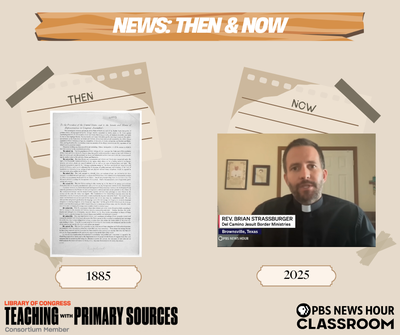
Using this News: Then & Now activity, based on News Hour's Journalism in Action website, a project supported by the Library of Congress, students are asked to compare news events from the past to today.
Then:
In this broadside or leaflet distributed to the public in 1885, titled "To the president of the United States, and to the Senate and House of Representatives in Congress assembled [Protest against ill-treatment of the Chinese. s. l., 1885]," protesters in 1885 urged the U.S. government to stop violence against Chinese people.
The protests stemmed from passage of the Chinese Exclusion Act of 1882. It was the first major law restricting immigration into the U.S., extended by the Geary Act in 1892.
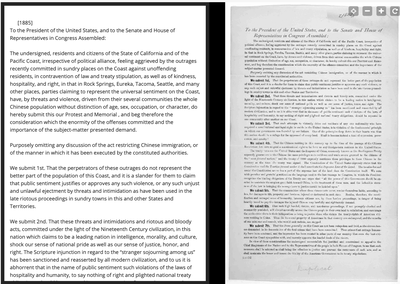
Now:
In this screenshot from a PBS News Hour broadcast titled "Jesuit priest describes seeing ICE agents target migrants at immigration court," immigration rights' advocates argue for due process under the Fifth and Fourteenth Amendments of the U.S. Constitution, which states the government shall not “deprive any person of life, liberty, or property without due process of law.”
Due process includes providing the person with an opportunity to be heard in court and an explanation as to why they are being detained.
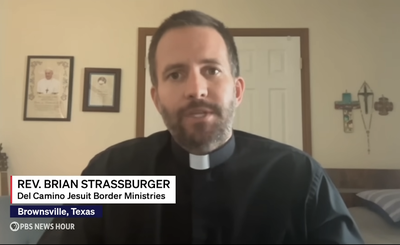
Discussion questions:
Using the Then & Now comparison, how have immigrants and supporters argued for their rights throughout history? In what ways have these arguments evolved over time, and in what ways have they remained the same?
Written by Payton Alfieri, PBS News Hour Classroom's intern and senior at Episcopal High School, and News Hour's Vic Pasquantonio.
Fill out this form to share your thoughts on Classroom’s resources.
